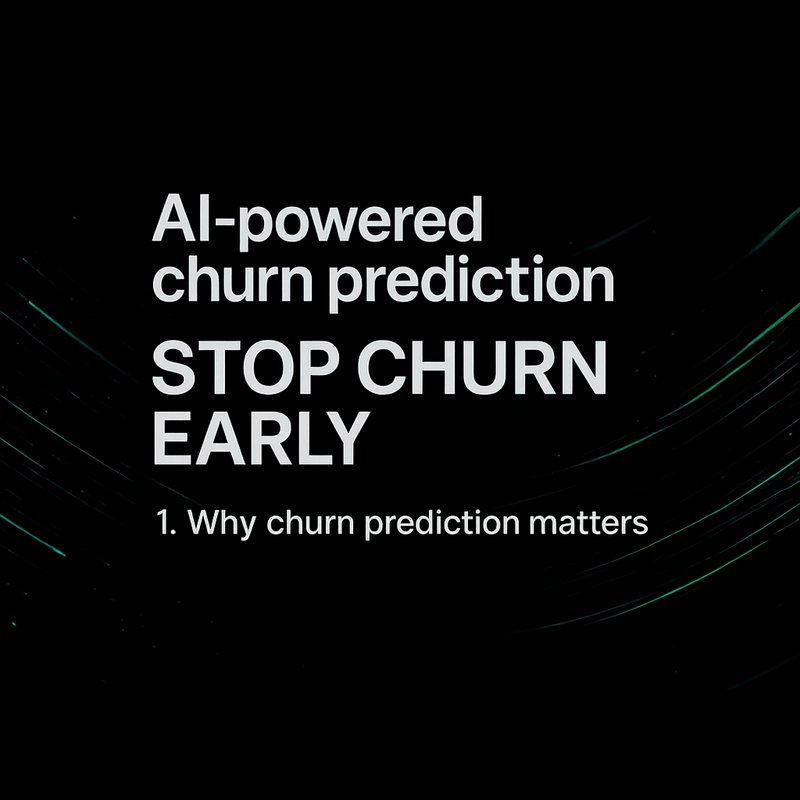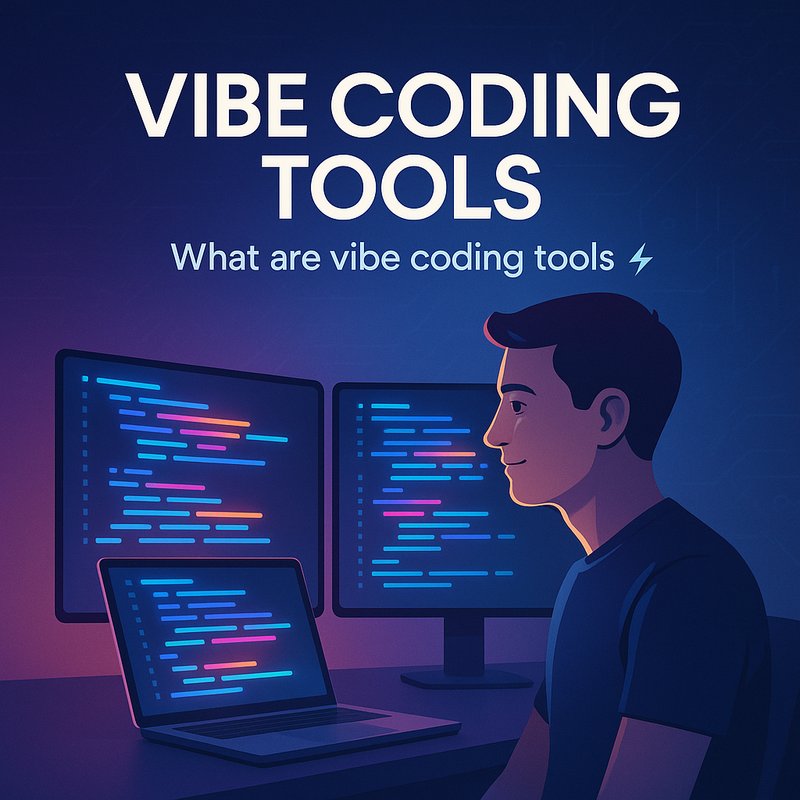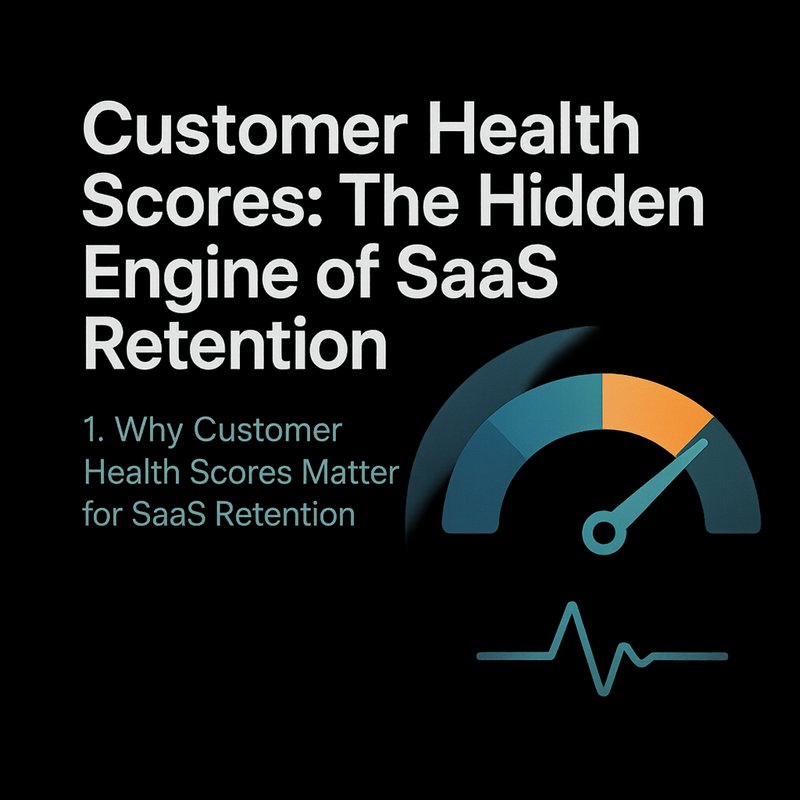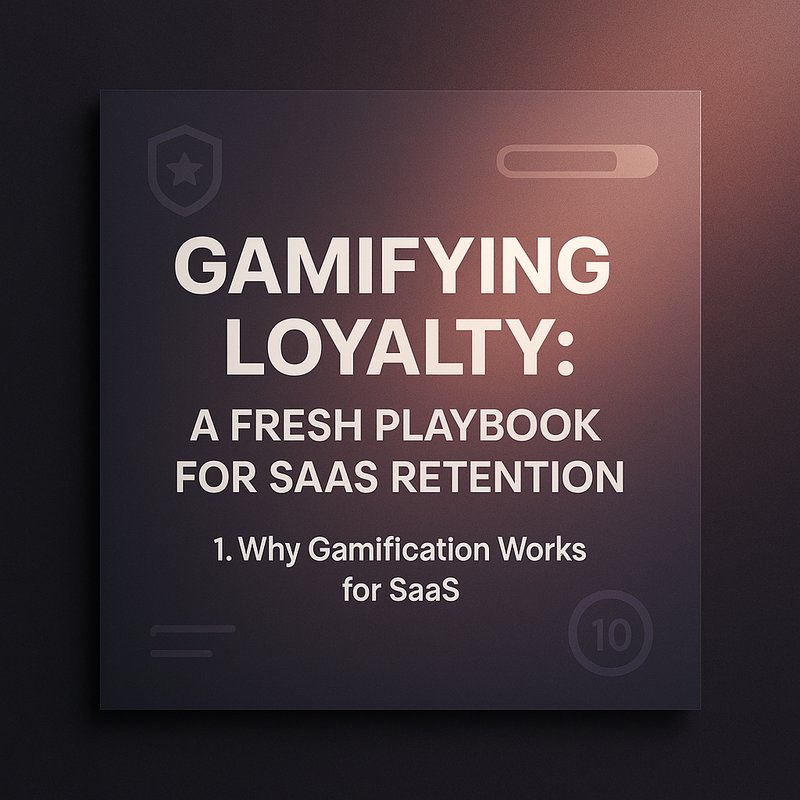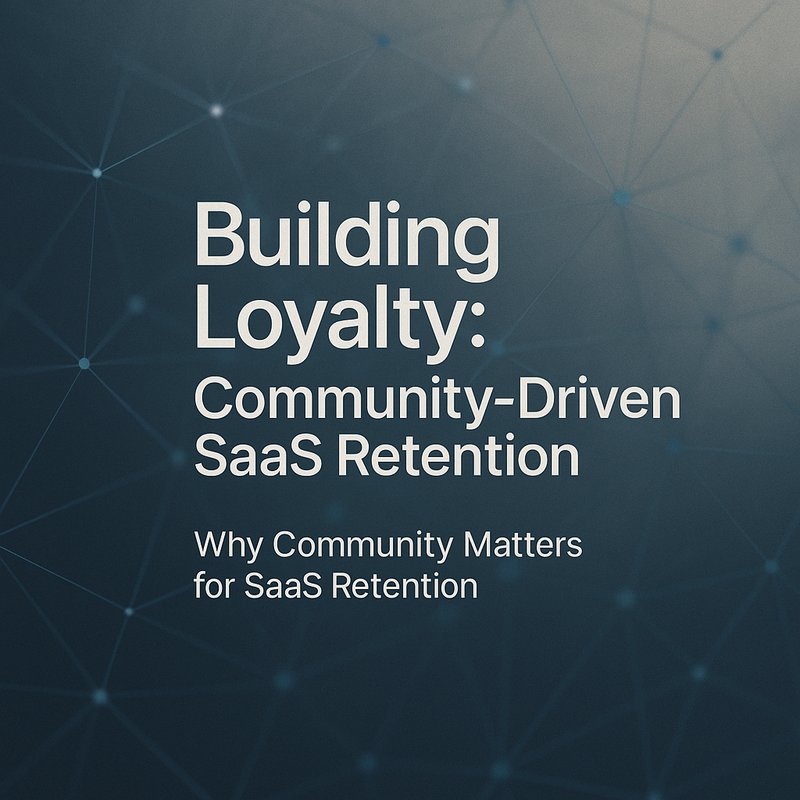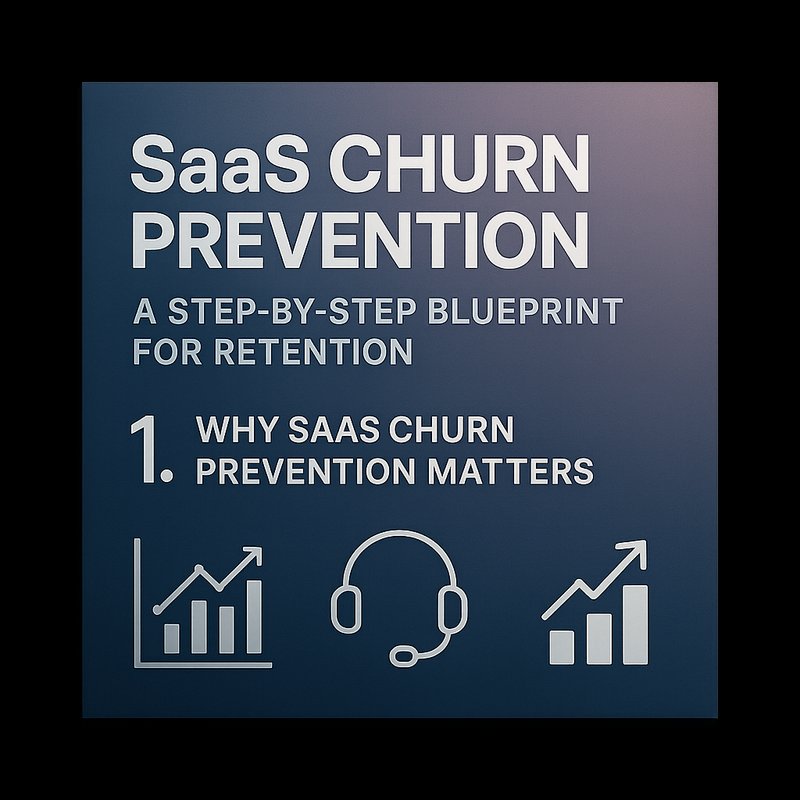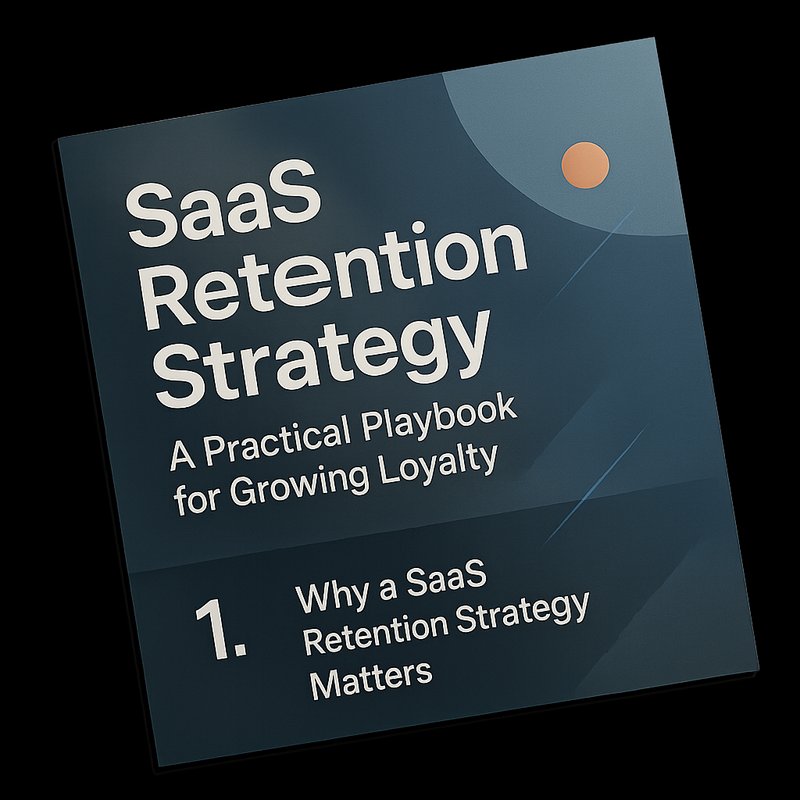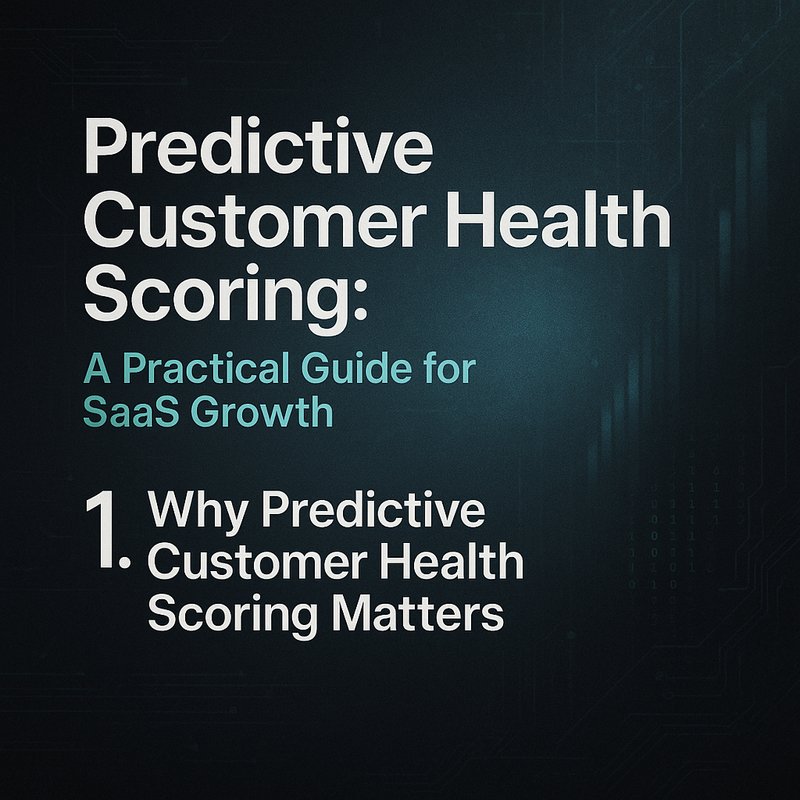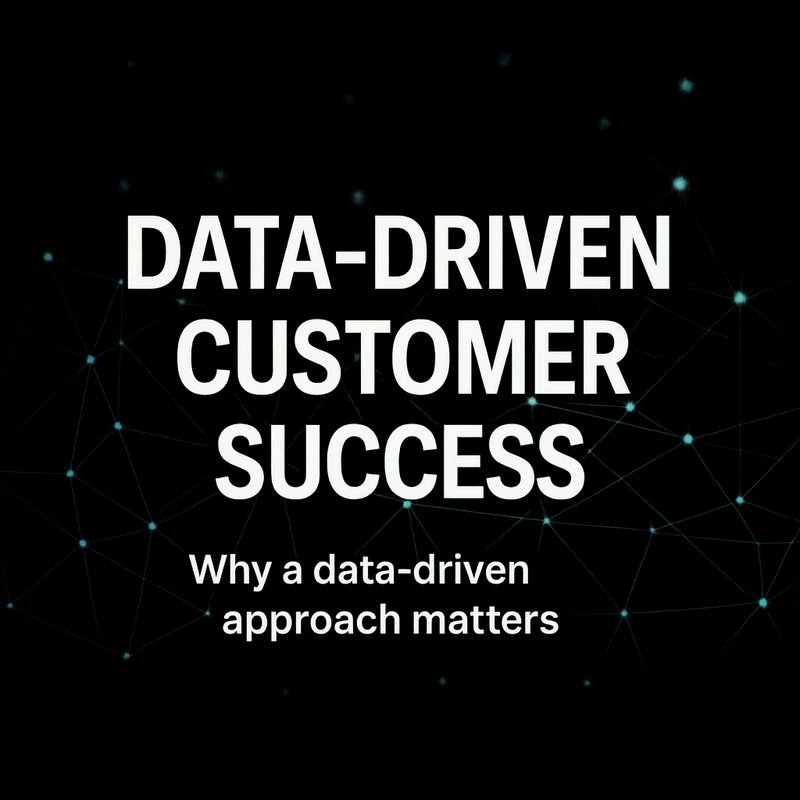When a customer signs up, the real test begins.
If you can spot the warning signs before they leave, you can keep them happy and boost revenue.
That’s where AI‑powered churn prediction comes in.
In this guide we’ll walk through the science, the tools, and the tactics that let you catch churn before it happens.
We’ll keep the language simple, the examples real, and the steps actionable.
1. Why churn prediction matters
Every SaaS business spends money on acquiring new users.
If a large chunk of those users leave within a few months, the cost of acquisition is wasted.
Churn prediction lets you:
- Save money by focusing retention efforts on the people who need it most.
- Improve product by learning why users leave and fixing those pain points.
- Grow revenue by turning at‑risk customers into loyal, paying users.
Think of it like a weather forecast for your customer base.
You don’t need a meteorologist to know when a storm is coming; you just need the right data and a model that tells you the odds.
2. The data you need
2.1 Usage signals
- Login frequency – How often does the user log in? A drop can be a red flag.
- Feature usage – Which features are they using? Are they stuck on a single feature or exploring many?
- Session length – Short sessions may indicate frustration or lack of value.
- Support tickets – A spike in help requests can signal trouble.
2.2 Customer profile
- Plan level – Free vs. paid tiers often show different churn patterns.
- Industry – Some verticals churn faster than others.
- Company size – Small teams may leave for budget reasons.
2.3 External signals
- Social media sentiment – Negative posts or reviews can hint at dissatisfaction.
- Competitive activity – If a competitor launches a new feature, users might switch.
Collecting this data is the first step.
You can use tools like Mixpanel, Amplitude, or even simple spreadsheets if you’re just starting.
3. Building a churn prediction model
3.1 Choose the right algorithm
- Logistic regression – Great for beginners; gives you a probability score.
- Random forest – Handles non‑linear relationships and is robust to noise.
- Gradient boosting – Often delivers the best accuracy but needs more tuning.
If you’re new to machine learning, start with logistic regression.
It’s easy to interpret and you can see which features matter most.
3.2 Prepare your data
- Label the data – Mark users who churned in the last 30 days as “1” and those who stayed as “0”.
- Split the data – Use 70 % for training and 30 % for testing.
- Normalize – Scale numeric features so they’re on the same range.
3.3 Train and evaluate
- Accuracy – How often does the model get it right?
- Precision – Of the users flagged as at‑risk, how many actually churned?
- Recall – Of all churned users, how many did the model catch?
Aim for a balance.
A model that flags every user as at‑risk will have high recall but low precision, wasting resources.
3.4 Deploy the model
Once you’re happy with the performance, push the model into production.
You can host it on a cloud platform or use a managed service like Amazon SageMaker or Google Vertex AI.
Make sure the model runs on a schedule (e.g., nightly) and updates its predictions.
4. Turning predictions into action
4.1 Prioritize outreach
Create a list of users with the highest churn probability.
Send them a personalized email or a chat message offering help.
Use a friendly tone: “Hey, we noticed you haven’t logged in for a week. Is there anything we can do to help?”

4.2 Offer incentives
A small discount or a free month can bring a user back.
But only offer it to those who truly need it; otherwise you’ll dilute the offer.
4.3 Improve the product
If many users churn because they can’t find a feature, add a tutorial or a tooltip.
If the churn is due to performance, optimize the backend.
4.4ate the loop
Set up a workflow that:
- Runs the churn model nightly.
- Flags at‑risk users.
- Sends an automated email with a help link.
- Tracks whether the user logs in again.
You can build this workflow with Neura ACE, which lets you orchestrate multiple AI agents to pull data, run the model, and send emails automatically.
5. Real‑world example: A SaaS company’s churn battle
A project‑management SaaS had a 25 % churn rate in Q1.
They built a churn prediction model using random forest and identified the top 10 % of users at risk.
They sent a personalized email offering a 15 % discount and a quick tutorial video.
Within a month, churn dropped to 15 %.
The company also added a new onboarding tour for the feature that was causing confusion, further reducing churn.
You can read the full case study on our site: https://meetneura.ai/#case-studies
6. Common pitfalls and how to avoid them
| Pitfall | Fix |
|---|---|
| Using too few data points | Gather at least 1,000 user records before training |
| Ignoring feature importance | Review model coefficients or feature importance scores |
| Over‑focusing on discounts | Combine incentives with product improvements |
| Not updating the model | Retrain monthly to capture new patterns |
| Sending generic emails | Personalize with user name and specific feature references |
7. Integrating with your existing stack
If you already use Google Analytics, you can pull event data into your churn model.
If you’re on Meta’s advertising platform, you can correlate ad spend with churn.
Amazon’s CloudWatch can help monitor backend performance that might affect churn.
Neura AI’s Router Agents can pull data from multiple sources, run the churn model, and push results back into your CRM or email system.
Check out Neura Router: https://router.meneura.ai
8. Measuring success
Track these metrics after implementing churn:
- Churn rate – Did it go down?
- Retention lift – How many at‑risk users stayed?
- Revenue impact – Did the discount or help reduce revenue loss?
- Model accuracy – Is the churn probability still reliable?
Create a dashboard in Google Data Studio or Metabase to visualize these numbers.
You can also set up alerts if churn spikes again.
9. Quick implementation checklist
- [ ] Collect usage, profile, and external data
- [ ] Label churn events
- [ ] Train a logistic regression or random forest model
- [ ] Evaluate accuracy, precision, recall
- [ ] Deploy the model nightly
- [ ] Build an outreach workflow (email, chat, incentive)
- [ ] Automate the loop with Neura ACE or similar
- [ ] Monitor metrics and iterate
Follow this checklist and you’ll have a working churn prediction system in a few weeks.
10. Final thoughts
AI‑powered churn prediction isn’t a magic wand, but it’s a powerful tool.
By turning raw data into actionable insights, you can keep more customers, reduce acquisition costs, and grow revenue.
Start small, test, and scale.
Your customers will thank you, and your bottom line will too.
